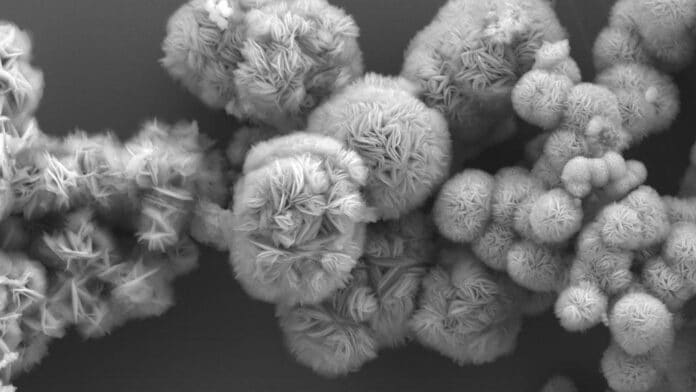Materials with layered crystal structures are an emerging class of compounds with desirable properties for numerous applications. In particular, the family of two-dimensional (2D) transition-metal carbides and nitrides, known as MXenes, have shown exciting prospects for use in several applications.
However, MXenes have only been synthesized from MAX phases by chemically removing A atoms with harsh solutions. Because this method generates large amounts of waste, it limits the scale of manufacturing for MXenes and hinders their utility.
In a new study, scientists at the University of Chicago report the direct synthesis of MXenes. They have shown how to make these MXenes far more quickly and easily, with fewer toxic byproducts.
To design a more efficient and less toxic method, the team used the principles of chemistry—in particular, “atom economy,” which seeks to minimize the number of wasted atoms during a reaction.
Scientists have devised new chemical processes to produce MXenes from straightforward and affordable precursors without the need for hydrofluoric acid. It only requires one step: mixing various chemicals with the metal you choose to use for the layers, then heating the mixture to 1,700°F.
Chemistry graduate student Di Wang, co-first author of the paper, said, “Then you open it up, and there they are.”
“These new MXenes are also visually beautiful. They stand up like flowers—which may even make them better for reactions because the edges are exposed and accessible for ions and molecules to move in between the metal layers.”
The simpler, less hazardous process opens up new opportunities for researchers to develop and investigate new varieties of MXenes for various uses, such as multiple metal alloys or different ion flavourings. The technology was tested with the metals titanium and zirconium, but the researchers believe it may be applied to a wide range of additional combinations.
Journal Reference:
- Daniel Robertson and Sarah Tolbert. A direct and clean route to MXenes. Science. DOI: 10.1126/science.ade9914
